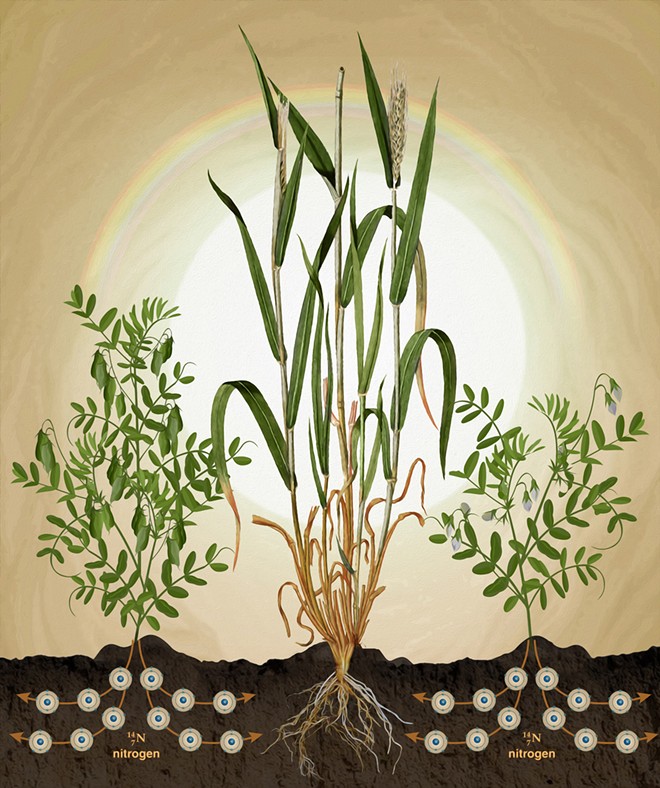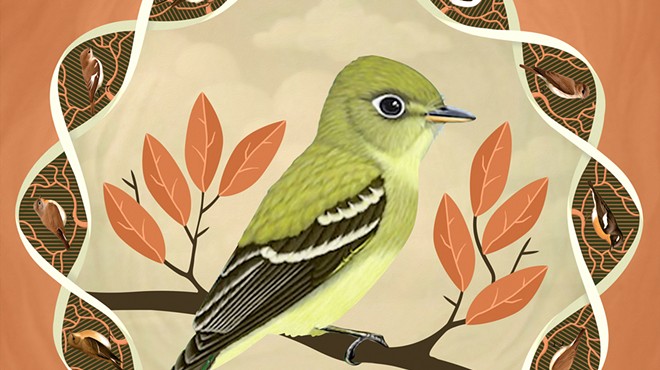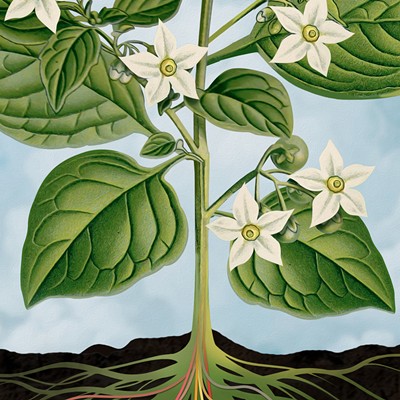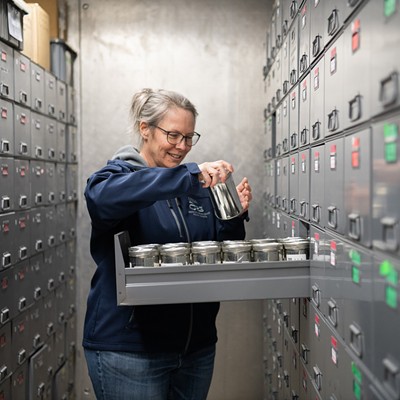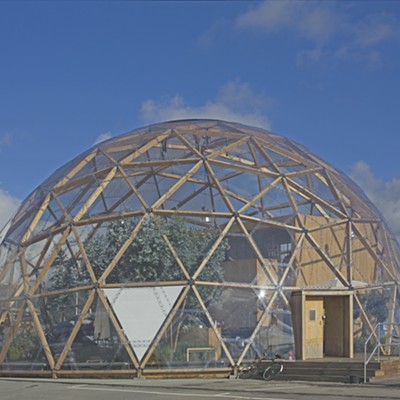It's long been a common practice for farmers in the Inland Northwest to alternate between crops that suck nitrogen from the soil, such as wheat or barley, and so-called "pulse" crops that replenish nitrogen, such as lentils or peas.
In many areas, adding fertilizers to the soil is regularly needed as some types of plants continue to pull nutrients from the ground.
But what if you grew nitrogen-hungry crops and nitrogen-giving crops in the same field at the same time? Could the benefits be shared between the crops in the same season? Could the soil and its microbiome of bacteria, fungi and other microbes be even healthier? Does it make sense when it comes time to harvest those different types of food?
Those are the central questions of some of the research being conducted by a team led by University of Idaho's Zack Kayler, an assistant professor in the Department of Soil and Water Systems.
"We've really done a great job of being efficient with single species across the field, and we've learned to apply nitrogen and phosphorus in any amount so that these plants can provide us with the food and energy that we need," Kayler says. "While that served us for a long time, we're now kind of facing those repercussions of just producing, producing, producing."
Looking at more efficient ways to get plants the nutrients they need without relying on fertilizer may be more important than ever. Supply chain issues and international conflicts like the war in Ukraine have driven fertilizer prices up and made it harder to get. Nitrogen fertilizer is also commonly made using natural gas, and the world is working to reduce unnecessary reliance on fossil fuels as worsening climate change impacts are on the line.
"So if we can provide this alternative and say, 'Look, you're getting it for free, just do this to augment your current management plan,' that is something we can hope for," Kayler says. "But we don't know. We hope to know soon what the cost benefits are."
For the past two years, graduate student Torrey Stephenson has helped figure out the benefits of "intercropping," where you might plant a row of barley, two rows of peas, another row of barley, etc. in hopes that the plants will all benefit.
Peas and other pulse crops are able to pull plentiful nitrogen from the air, and microbes in the soil are able to process that to make it available to plants. But exactly how that nitrogen travels has been a little unclear so far.
To learn more, Stephenson has used a cutting edge technology known as stable isotope tracing to track exactly how that nitrogen moves from plant to plant.
Think of it somewhat like introducing a dye to each nitrogen molecule, he says.
"It's not actually as if we're putting a paint into the system, but it's a way that we're able to trace where these nutrients go," Stephenson says. "We know that rotation works. We know that we grow pulse crops one season, we leave it at rest on the field, and it increases the nitrogen. But if we grow it in the same season, where these crops are side by side, are we still seeing that nitrogen transfer and still seeing those kinds of benefits to the barley?"
The early signs point to yes.
"Which is pretty exciting," Stephenson says. "The pulse crops are not keeping it all to themselves."
Undergraduate Paige Martin looked at another question related to the soils from the test crops, which are being grown in Aberdeen, Idaho, with funding from the U.S. Department of Agriculture, an organic transitions grant and farming associations.
With samples taken to the lab in Moscow, she and the team were able to test the gases coming off that soil. Martin's interest was in learning how nitrous oxide and carbon dioxide levels are affected by different watering schedules.
As the West experiences more drought and variability in water availability, the question of how farm practices might impact greenhouse gas emissions is one that many are curious about, Kayler says.
"We focus a lot on fossil fuels and what we're doing as a human race," Martin says. "I wanted to focus on a small piece of that climate puzzle that could fit into the larger picture and figure out how we can mitigate and adapt to a changing climate."
Current models lack a detailed understanding of how water levels and temperature impact those greenhouse gas releases in the soil, Kayler says. Martin's work and future research will help.
"The models used right now, while they're good, they can be better, and that's where this research comes into play," Kayler says. ♦

